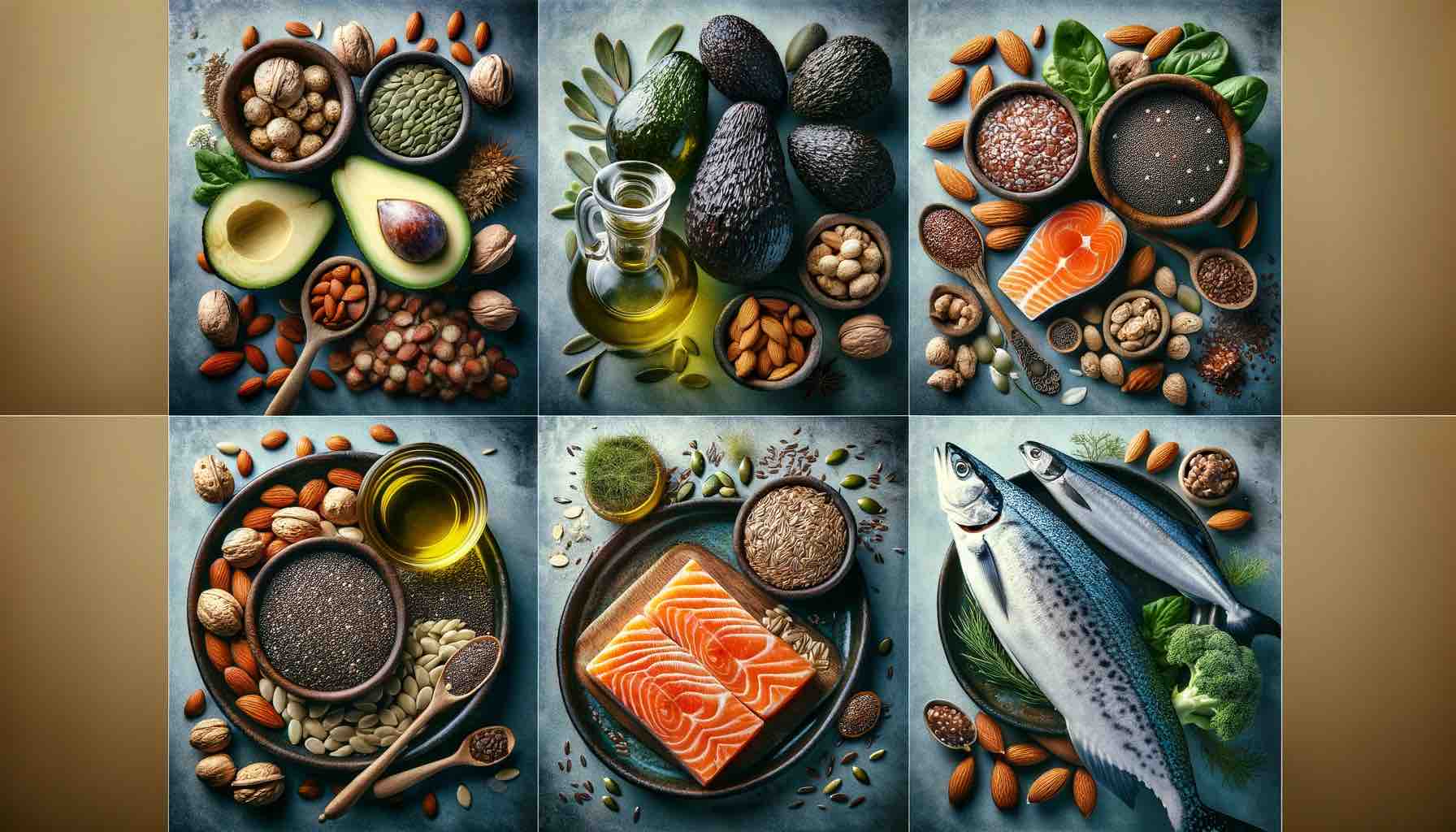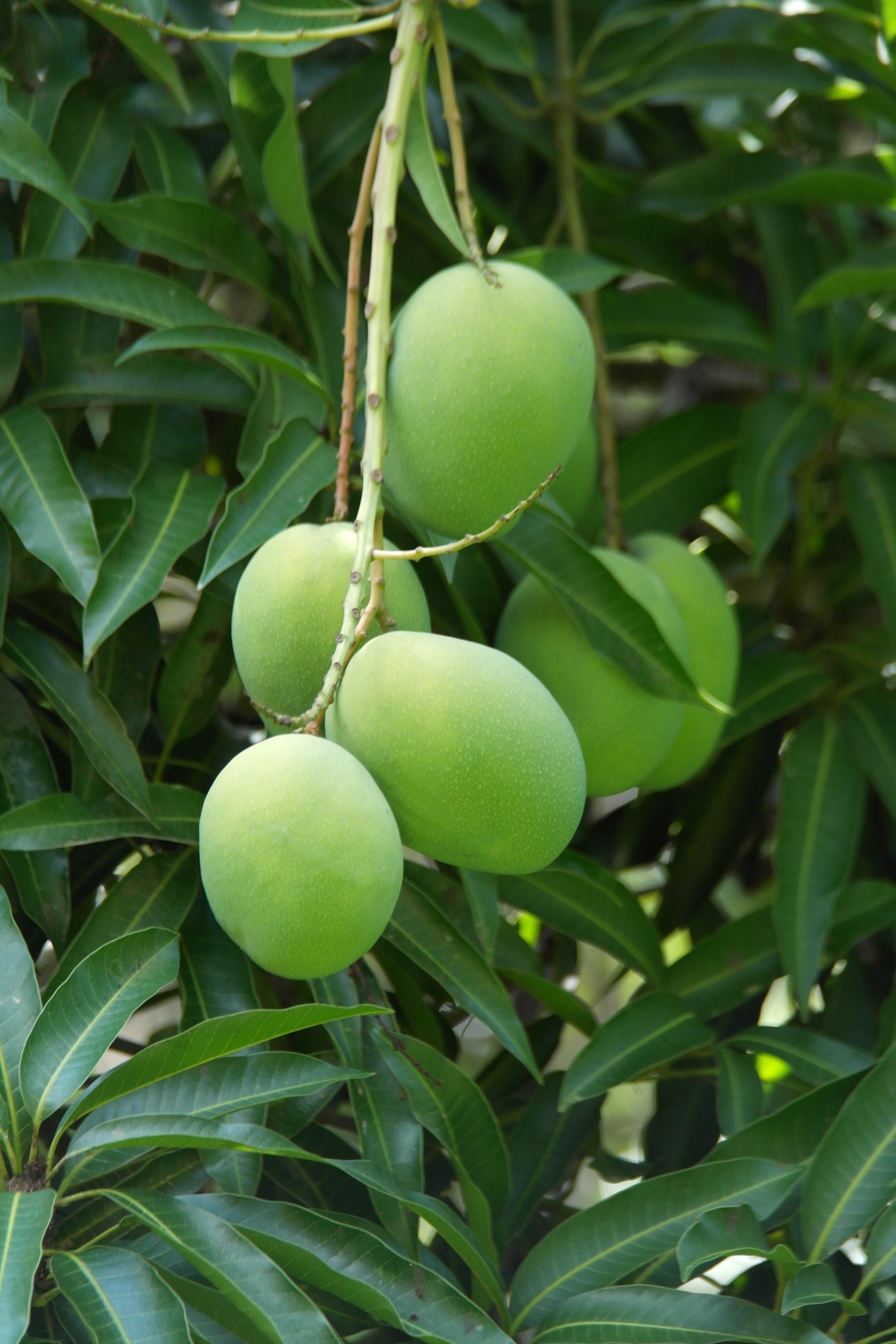
Have you ever taken a bite of your favorite dish and wondered, “What did this taste like a hundred years ago?” Our culinary journey today takes us back in time to explore the original flavors of some of the world’s most beloved foods. From the humble beginnings of pizza to the ancient roots of tea, let’s embark on a gastronomic voyage to discover “What Popular Foods Originally Tasted Like.”
Pizza: From Flatbread to Feast
Imagine a world where pizza is devoid of tomato sauce, cheese, and toppings. Hard to swallow? That was the reality for ancient civilizations. The pizza we idolize today began as a simple flatbread in the Mediterranean belt. It wasn’t until the late 19th century in Naples that pizza found its soulmate in tomato sauce, transforming it from a peasant’s snack to a culinary masterpiece. Today’s challenge: try making a pizza using only ingredients available in the 18th century – if you dare.
Tea: An Emperor’s Accidental Discovery
A leaf falls into boiling water, and a beverage for the ages is born. This serendipitous event, experienced by Chinese Emperor Shen Nong, gave us tea. Originally consumed for medicinal purposes, tea has undergone minimal changes in flavor over the millennia. For a sip of history, brew a cup of tea using traditional methods, like sun-drying the leaves or aging them, to taste the ancient flavors cherished by emperors and monks.
Mac and Cheese: A Dish Fit for a King
Long before boxed versions and gourmet truffle adaptations, mac and cheese was a simple combination of pasta and cheese. Its earliest recorded recipe dates back to 13th century Italy. Fast forward to the American Revolution, Thomas Jefferson introduces mac and cheese to the United States, making it a staple in American cuisine. To taste its original glory, craft your mac and cheese with hand-made pasta and a blend of authentic aged cheeses.
The Hot Dog: A Frank Discussion
The hot dog, a symbol of American cuisine, has its roots deeply embedded in German tradition. Originally called “frankfurters,” these sausages were enjoyed without buns, seasoned with just mustard. To relive the hot dog’s journey, grill a traditional German sausage and serve it with only mustard. Experience the simplicity that captivated taste buds long before it became a ballpark staple.
Chocolate: The Bitter Beginning
Before chocolate became the sweet, creamy delight we crave, it was a bitter beverage prized by ancient Mesoamerican civilizations. The transformation from a sacred drink to the chocolate bars we know today is a tale of exploration, innovation, and global trade. Indulge in a piece of dark, minimally processed chocolate to get closer to the original taste that was once reserved for royalty and gods.
Bringing History to Your Plate
Understanding the origins of these foods enriches our appreciation for them, connecting us to the countless generations that have savored and refined these flavors before us. It challenges us to think about how future generations will perceive the dishes we consider staples. Will they marvel at our current tastes or transform them into something unrecognizable?
As we journey through the evolution of these iconic dishes, we’re reminded of the constant innovation that shapes our culinary landscape. Each meal is a chapter in the vast, unfolding story of human culture, flavored with the spices of history, tradition, and transformation.
So, the next time you sit down to enjoy your favorite dish, remember the journey it has taken through time to reach your plate. And perhaps, try recreating these ancient recipes yourself. Who knows? You might just develop a taste for history.
10 FAQs for “Ever Wondered Why Your Grandma’s Pizza Tastes Different? The Ancient Secrets of Modern Foods Unveiled!“
1. What was pizza like originally?
Originally, pizza was a simple flatbread with few toppings, mainly used by the poor in Naples, Italy. It became closer to what we recognize today after tomatoes were introduced to Europe from the Americas.
2. How has the taste of chocolate changed over time?
Initially consumed as a bitter drink by ancient Mesoamericans, chocolate’s taste evolved significantly after Europeans added sugar and milk, transforming it into the sweet treat we love today.
3. Did tea always have the same variety as we have now?
No, all tea comes from the same plant, Camellia sinensis. The differences in taste and color (green, black, oolong) result from the processing methods developed over centuries.
4. What’s the origin of mac and cheese?
Mac and cheese trace back to Italy, with the earliest known recipe dating to the 13th century. It became popular in the US thanks to Thomas Jefferson after his chef, James Hemings, perfected the recipe.
5. Were hot dogs always considered fast food?
Yes and no. The concept of a meat sausage dates back to Roman times, but the modern hot dog, as we know it, originated in Germany and became a fast-food staple in the United States.
6. How did hamburgers become a global phenomenon?
Hamburgers gained popularity in the US after German immigrants brought their minced meat recipes. Their convenience and taste led to their global spread, especially with the rise of fast-food chains.
7. Is sushi a Japanese invention?
Sushi has its roots in Southeast Asia and China as a method to preserve fish in fermented rice. The contemporary version of sushi, emphasizing fresh fish and artistic presentation, developed in Japan.
8. What was the first known dessert?
The history of desserts is vast, but one of the earliest recorded desserts is honey-covered fruits and nuts, enjoyed by ancient civilizations like the Egyptians.
9. How did the ingredients in popular foods change over the years?
Ingredients changed due to availability, trade, culinary innovations, and cultural exchanges. For example, the introduction of New World crops like tomatoes and potatoes significantly altered global cuisines.
10. Can we still taste foods as they were originally made?
While some original recipes can be recreated, the exact taste profiles might be challenging to replicate due to changes in ingredient quality, cultivation methods, and lost culinary techniques.
Blog Tags
culinary history, food evolution, traditional recipes, global cuisine, ancient diets, cooking innovation, cultural exchange, food anthropology, ingredient history, gastronomy











